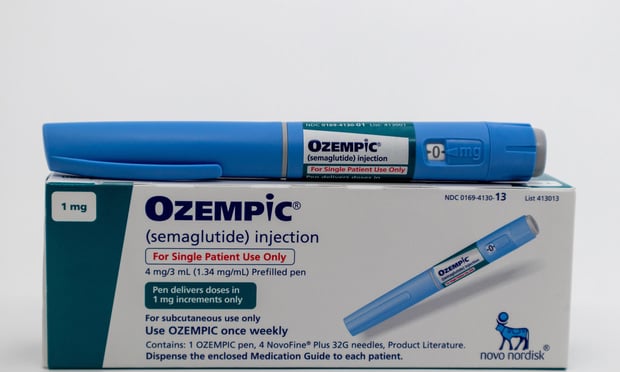
SAFE Leave, short for Safe Time and Sick Leave, allows employees to use their accrued sick leave for situations and concerns regarding their personal safety. SAFE Leave enables employees to focus on their safety and wellbeing in times of crisis while maintaining job security and income. It also enables organizations to provide critical support to their employees when they most need it during difficult times.
Events covered by SAFE Leave
SAFE Leave covers events related to personal safety, including:
- Seeking medical attention for injuries related to domestic violence
- Meeting with law enforcement to file reports or seek assistance
- Finding safe housing or relocating to a secure environment
- Attending court hearings for protective orders or related matters
- Accessing counseling services for emotional and mental health support
Eligibility for SAFE Leave
According to the American Center for Progress report, “The State of Safe Leave,” “15 states and Washington, D.C. have passed paid sick time laws, all of which explicitly allow the earned time to be used for SAFE Leave purposes: Arizona, California, Colorado, Connecticut, Maryland, Massachusetts, Michigan, Minnesota, New Jersey, New Mexico, New York, Oregon, Rhode Island, Vermont and Washington.”
Recommended For You
All employees in the above states and Washington, D.C. facing personal safety challenges such as sexual assault, domestic violence or other crimes are eligible for SAFE Leave. Such employees are not a small group; according to the National Domestic Violence Hotline, approximately one in four women and one in seven men experience severe intimate partner physical violence in their lifetime. This indicates that a significant segment of employees may be facing these challenges.
A good way to define and describe a SAFE Leave policy is that it includes “victims of domestic violence and crime.” This can encourage employees to take the necessary time while avoiding stigma, embarrassment and judgment.
SAFE Leave is cost-effective and strengthens employee loyalty
SAFE Leave does not increase overall spending because it allows employees to use their existing sick leave. SAFE Leave also strengthens morale and employee loyalty because employees engage positively when they know their employer will support them during such difficult crises.
How to implement or improve SAFE Leave
HR and people operations professionals should consider the following steps to implement or improve SAFE Leave:
- Review and understand local and state regulations to ensure compliance.
- Develop a comprehensive SAFE Leave policy, accessible in the employee handbook, that clearly outlines how employees can use their sick leave for SAFE Leave.
- Train and equip management and supervisors to create a supportive culture regarding SAFE Leave, and to manage SAFE Leave requests with sensitivity and discretion.
- Provide resources alongside SAFE Leave, such as information about shelters, counseling services, legal assistance and resources from insurance providers including employee assistance programs (EAPs). These resources provide additional steps toward safety.
- Consult with your leave specialist team if you retain a leave management consulting firm, to ensure legal compliance and understanding of how employees taking SAFE leave can receive all the support they need.
© 2025 ALM Global, LLC, All Rights Reserved. Request academic re-use from www.copyright.com. All other uses, submit a request to [email protected]. For more information visit Asset & Logo Licensing.







